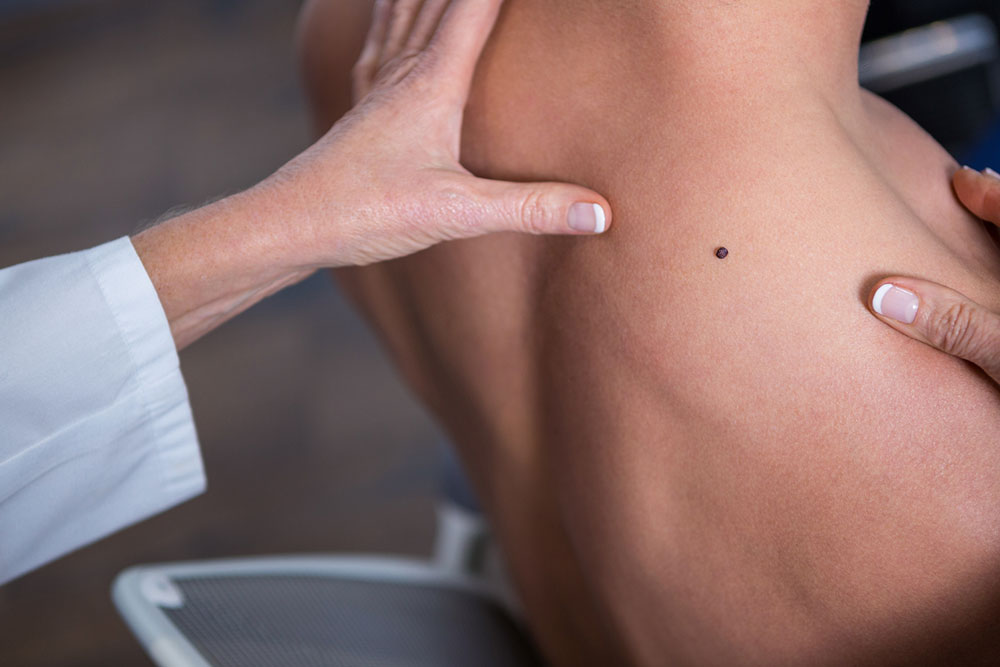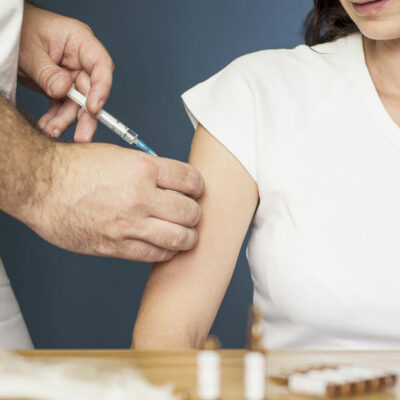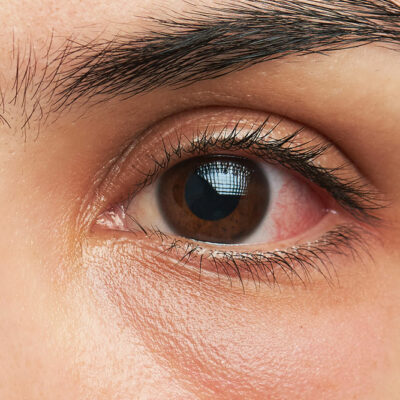
Things you need to know about Melanoma
Melanoma isn’t a common type of skin cancer, but it’s the most serious as more often than not, it spreads easily. One of the major risk factors for melanoma is overexposure to the sun. Melanoma is a type of skin cancer where melanocytes, the pigment-producing cells mutate and become cancerous.
Most of the pigment cells are found in the skin, but it’s also possible to get melanoma in the eyes called ocular melanoma and other parts of the body. It’s rare, but the intestines can also have melanoma. It is uncommon in people who have dark skin. Melanoma is only one type of skin cancer, less common than squamous cell and basal cell skin cancers. It’s dangerous because its chances of spreading or metastasizing are pretty high.
Though melanoma can develop anywhere on the skin, certain areas are more likely than others. The chest and the back are more likely to get affected in men, whereas women are more prone to find melanoma in the legs. Neck and face are other common parts where it appears.
Facts about melanoma
- The number of cases of melanoma is increasing for people under the age of 40 years, especially in women.
- Avoiding sunburn is another way to reduce the risk of skin cancer.
- Monitoring your moles and other markings on the skin also help with early detection.
Stages
The stage at which cancer is diagnosed indicates its level of spread and what kind of treatment is suitable.
- Stage 0
Here, melanoma is only on the outermost layer of skin and is called melanoma in situ. - Stage 1
In this stage, melanoma has grown up to 2 millimeters thick and has not spread to lymph nodes or other parts of the body and it may or may not be ulcerated. - Stage 2
Melanoma in this stage is at least 1.01 mm thick and it may be thicker than 4 mm. It’s unclear if it’s ulcerated, and is yet spread to lymph nodes or other sites. - Stage 3
Melanoma has spread to one or more lymph nodes or even nearby lymphatic channels but has not reached distant sites. Original cancer may no longer be visible anymore, but if it is visible, it will be thicker than 4 mm and has become ulcerated. - Stage 4
Melanoma has spread to distant lymph nodes and/or organs.
Types:
- Superficial spreading melanoma
This is the most common type of melanoma and often appears on the trunk or limbs. With this melanoma, cells grow slowly at first before spreading across the surface of the skin. - Nodular melanoma
This melanoma appears on the head, neck or trunk. It grows more quickly than other types and turns red rather than black. - Lentigo maligna melanoma
It’s less common and affects older people and parts that have been exposed to the sun over several years. It starts out as a Hutchinson’s freckle that looks like a stain on the skin. Its growing scale is slower than the other types and is less dangerous as well. - Acral lentiginous melanoma
The rarest of the lot, this type of melanoma usually appears on the palms of the hands, under the nails or soles of the feet. This occurs more likely in people with darker skin and does not appear to be linked to sun exposure.


